The Gobi ibex (Capra sibirica hagenbecki) is a desert‑adapted subspecies inhabiting Mongolia’s Gobi Desert mountains. It has a lighter, sandy‑coloured coat and a smaller frame than the Altai ibex, yet still carries impressive horns that can reach 50 inches. Surviving in arid conditions with sparse vegetation, the Gobi ibex is a unique and sought‑after trophy for hunters who venture into the harsh desert terrain.

Gobi ibex hunts are typically conducted from September through November. Spotting and stalking is the main method; hunters glass rocky hills and ridges, then undertake long hikes and difficult climbs to get within shooting range. Because these ibex are most active during cooler parts of the day, early morning and late afternoon stalks are productive. Terrain is rugged, and hunters may use horses or vehicles to access remote mountains before setting out on foot.
Mongolia implements strict quotas for Gobi ibex hunting to ensure sustainable populations. Hunting licences are issued by the Ministry of Nature and Environment, and reputable outfitters must guide all hunts. Conservation efforts prioritise protecting water sources and maintaining the fragile desert ecosystem that supports these animals. By limiting offtake and directing revenues to community and conservation projects, the government ensures that hunting contributes positively to ibex survival and local livelihoods.
Adult male Gobi ibex weigh about 180–250 pounds and stand roughly 3 ft at the shoulder. They are skilled climbers and use sheer cliffs and rocks to escape predators, making stalks physically demanding. These ibex feed on desert grasses, shrubs and herbs and may travel long distances in search of water and forage. Hunts often offer breathtaking views of the Gobi Desert and provide opportunities to experience Mongolia’s nomadic culture and hospitality.
Gobi Ibex can be found in the following location:
Gobi Ibex has the following variations:
- (Varieties to be confirmed)
Start Your Adventure



